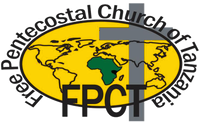Our History
A story of Gospel proclamation, compassionate service, and leadership formation across Tanzania since 1932. Beginning with Scandinavian missionaries and maturing into a national fellowship, the Free Pentecostal Church of Tanzania (FPCT) has continually combined evangelism with social action—building churches, hospitals, schools, and communities while safeguarding Pentecostal faith and practice.
Our History
A story of Gospel proclamation, compassionate service, and leadership formation across Tanzania since 1932. Beginning with Scandinavian missionaries and maturing into a national fellowship, FPCT pairs evangelism with social action—churches, hospitals, schools, and communities.
Founding Years (1932–1939): Roots of a Holistic Mission
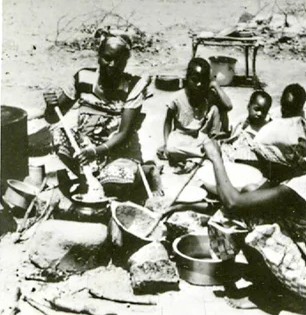
The Free Pentecostal Church of Tanzania traces its beginnings to 1932, when missionaries ordained by Scandinavian Pentecostal churches arrived in Tanganyika under the auspices of the Swedish Free Mission (SFM). Their purpose was explicit and balanced: proclaim the Gospel and respond to the social needs of communities. The first mission base was planted in Tazengwa, Nzega District (Tabora Region), and quickly grew into a center of worship, teaching, and service. Early pioneers—including Erland and Ester Dahlqvist, Julia and Erik Wiklund, Hulda Seger, Alex Burman, and others—invested in evangelism, basic education, and simple health initiatives that would define the character of the work for decades to come.
On March 10, 1935, Harris Kapiga was baptized by missionary Erland Dahlqvist. That moment, often remembered as the first Tanzanian baptism in the movement, symbolized the emergence of an indigenous church. From the outset the mission’s method was relational and incarnational: missionaries lived among the people, learned local realities, and formed small communities of faith. By the late 1930s, outreach had extended to places like Msambara (Kasulu), Lowa (Kahama), Mwandiga (Kigoma), Nyawa/Nkinga, and Mpera (Kahama). Each new station served as both a pulpit and a clinic, a classroom and a meeting point—a practical expression of the conviction that the Gospel transforms the whole person.
Early Growth (1940s–1950s): Congregations, Training, and Literature
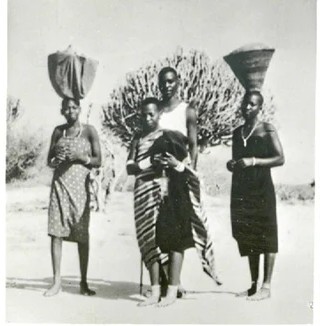
The 1940s and 1950s saw steady multiplication. Churches were opened in Biharamulo, Lulanguru, Bulangamilwa, Itigi, Isanzu, Muhange, Tabora, Uyovu, Mpanda, Sumbawanga, Arusha, and other localities. Missionaries often lived in modest dwellings—sometimes grass-thatched homes—mirroring the simplicity of the communities they served. The emphasis was never on buildings alone; it was on people, Scripture, and discipleship. Training of local believers grew in importance as early Bible classes and mentoring produced pastors and evangelists able to shepherd their own congregations. These leaders taught the Word, organized prayer and fellowship meetings, and extended compassion to the vulnerable.
Literature and media became strategic tools in this period. A literature center in Tabora and a printing press in the Arusha area enabled the production of Christian booklets, hymnals, and teaching resources in accessible language. Audio recordings would later supplement the written word, ensuring that teaching reached those with limited literacy. This ecosystem of church, training, and literature laid the groundwork for a movement that could grow beyond the capacity of any one missionary team.
Widening Mission (1960s–1970s): From Outposts to a National Footprint
The 1960s and 1970s marked an era of remarkable geographic spread. Congregations were planted in Morogoro, Singida, Marangu, Bukoba, Moshi, Oldeani, Lushoto, Kilosa, Rufiji, Nzega, Lindi, Mbulu, Loiborsoit, Zanzibar, Arumeru, Katesh, Mwanza, Kimamba, Ifakara, and numerous other centers. The mission strategy remained consistent: establish a worshiping community, train leaders, and identify the most pressing educational, medical, or social needs in the area. Where clinics were needed, clinics were built; where schools were needed, schools were opened; where agricultural training could improve livelihoods, demonstration plots and courses were organized.
This widening mission did more than increase the number of churches. It embedded a Pentecostal witness in everyday life across regions and cultures, and it created pathways for young Tanzanians to serve their neighbors in Jesus’ name. The vision that had started in Nzega matured into a network characterized by vibrant worship, practical compassion, and a commitment to integrity.
Social Services: Health, Education, and Community Development
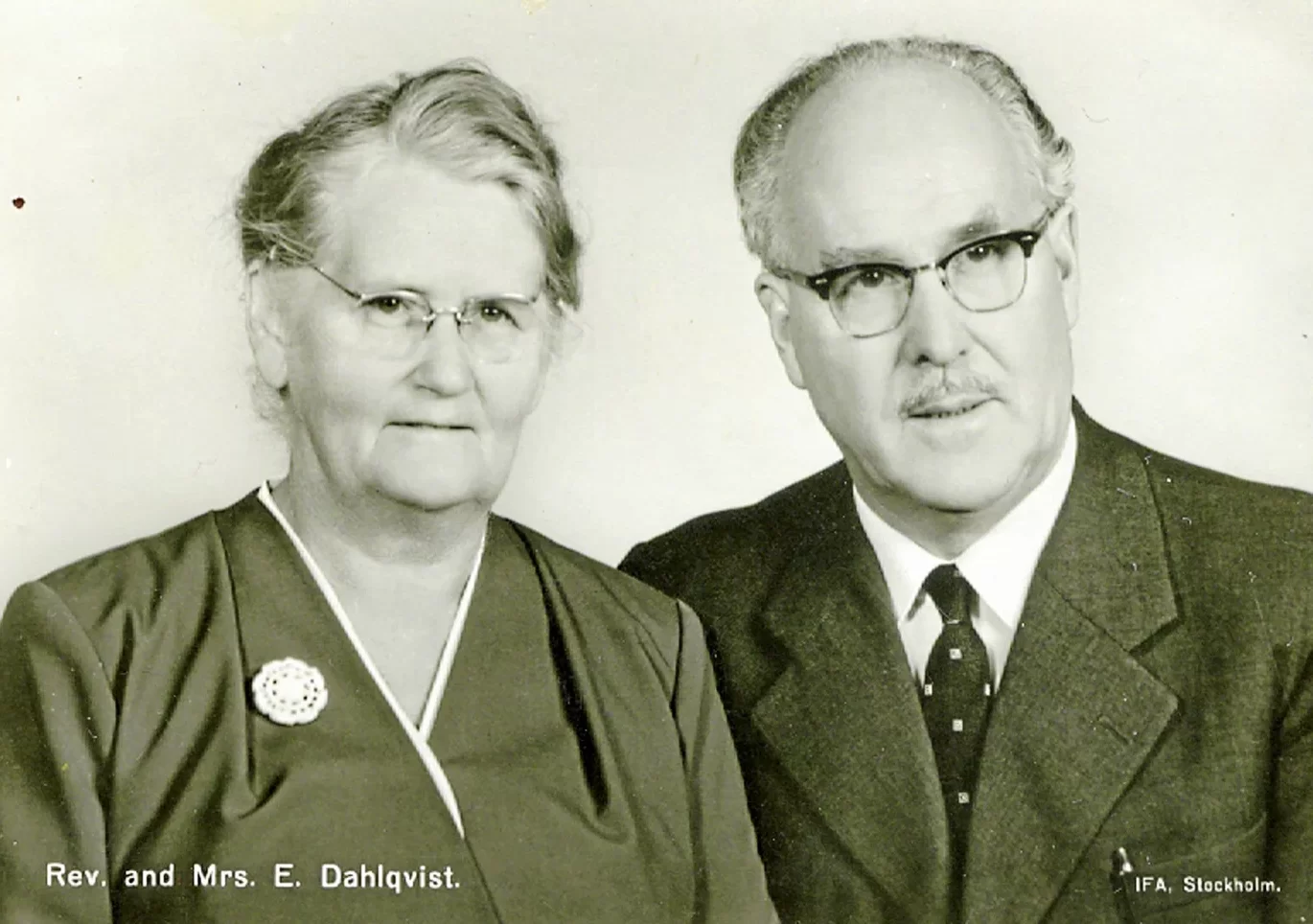
From the early decades onward, the movement paired evangelism with tangible care—especially in health and education. Hospitals were established at Nkinga and Mchukwi, supported by training for nurses and rural health workers. Dispensaries served communities in places such as Itanana, Isanzu, Mpera, Lowa, Msambara, Nyamabuye, Biharu, Bigabiro, Nyamahanga, Muhange, Keza, and Ikwiriri–Rufiji, offering basic medicines, health education, and maternal support. These facilities often represented the only accessible care for many families.
Education ministries grew in tandem. The Furaha School for the Blind in Tabora demonstrated a deep concern for learners typically overlooked; vocational and agricultural training equipped young people with practical skills; and secondary education initiatives opened further opportunities. In literature and media, printing works around Tabora and Arusha published Christian resources that strengthened congregations and supported evangelism and missions. Orphan care and social welfare projects in sites like Nyamahanga, Muhange, and Iduguta reflected a conviction that every person bears God’s image and deserves dignity. Many of these streams continue today through institutions like Nkinga Referral Hospital and the network of FPCT schools and colleges.
1964–1985: Legal Transition and Localization of Leadership
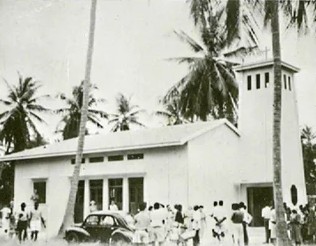
With Tanganyika’s political independence in 1961, SFM began transferring responsibility to Tanzanian leadership. In 1964 the mission’s properties and assets were entrusted to the Trustees of the Pentecostal Churches Social Association in Tanzania (PCSAT), known in Kiswahili as Chama cha Ujamaa cha Makanisa ya Pentekoste katika Tanzania (CUMPT). PCSAT was later registered as a Society (S.O. 535, 1967) and, reflecting a maturing structure, changed its name in 1985 to the Pentecostal Churches Association in Tanzania (PCAT/UMPT). The move from a “mission society” model to a Tanzanian association recognized the reality that local churches were now led, taught, and administered by Tanzanians.
This period involved careful legal work to ensure that assets, objectives, and responsibilities were clearly preserved. The shift also involved a theological emphasis: membership was increasingly understood not merely as affiliation to an association, but as participation in the spiritual Body of Christ. Structures served the mission, and the mission served people. The ethos that shaped the early years—Gospel proclamation and social responsibility—remained the guiding vision under local leadership.
2001 and Beyond: The Free Pentecostal Church of Tanzania
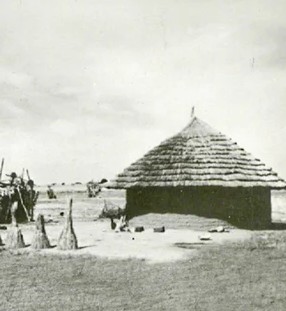
On December 9, 2000, a new constitution was adopted and the fellowship took the name Free Pentecostal Church of Tanzania (FPCT). On July 14, 2001, FPCT was legally registered under the Societies Act (Certificate SA 6640), and in January 2002 the Trustees of the Registered FPCT were incorporated. FPCT today operates as a recognized Faith-Based Organization, cooperating with government, sister churches, and international partners while remaining thoroughly Tanzanian in leadership and identity.
As an organization, FPCT functions on a non-profit basis and is stewarded by national assemblies, a central board, bishops, and coordinators who serve across regions. Partnerships support ministries of discipleship and community transformation, while local congregations remain the heartbeat of the work. The name changes across decades—SFM to PCSAT (1964), PCAT (1985), and FPCT (2001)—mark organizational adjustments; the mission itself has remained consistent: to preach Christ, nurture believers, and serve society.
Today: A Living Pentecostal Witness
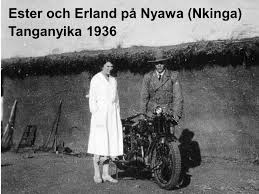
Today FPCT is present across Tanzania through congregations large and small, urban and rural. The church remains committed to Scripture, prayer, and the work of the Holy Spirit, and seeks to form disciples who embody the Gospel in everyday life. In health and education, longstanding institutions continue to innovate; in youth outreach, literature, and media, new methods meet a new generation where they are. The same spirit that motivated the early pioneers—courage, humility, and a readiness to serve—animates pastors, evangelists, and volunteers throughout the country.
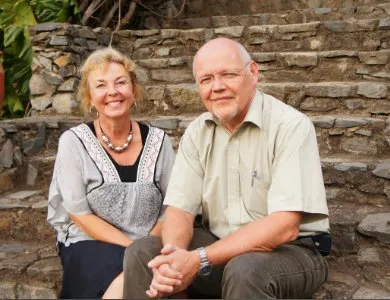
Evangelism & missions extend the church’s reach (Evangelism & Missions). Training deepens local leadership through Bible and vocational programs. Compassionate service continues in hospitals, clinics, and social projects (Nkinga Referral Hospital). Governance and transparency strengthen trust (Leadership & Governance).
